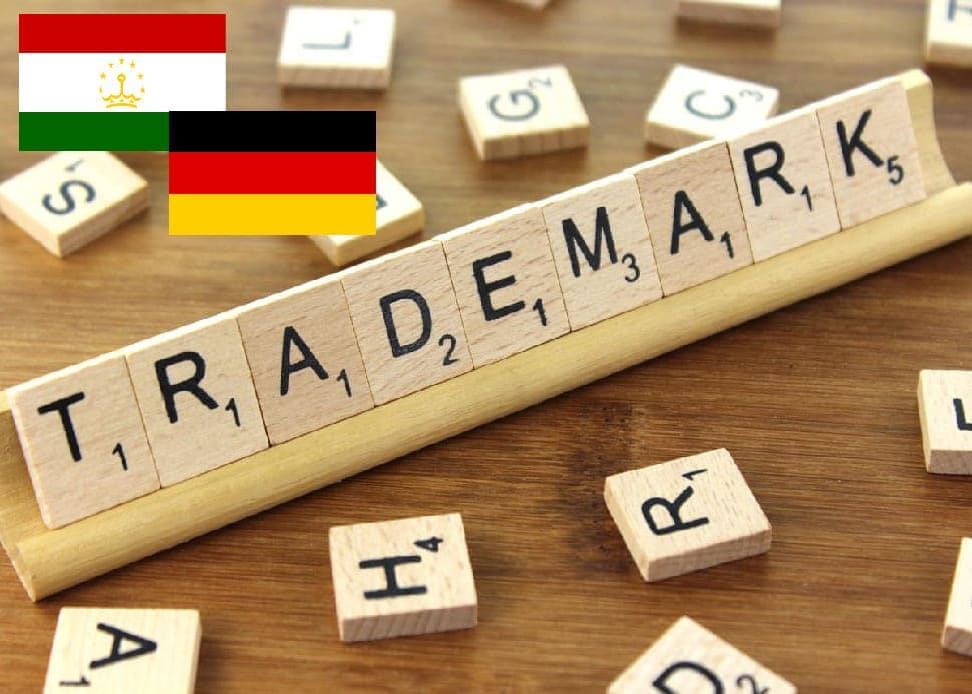Germany and Tajikistan amend their trademark laws

Further to the amendments made by multiple EU member states to their trademark laws, Germany implemented its updated trademark legislation as of January 14, 2019. As such, they have since released new guidelines as to trademark application examination and registration, made available as of May 17, 2019. The guidelines include detailed information regarding the amendments implemented by the German intellectual property office earlier this year by way of the EU trademark directive 2015/2436.
Some of the most prevalent additions to the German trademark system include the elimination of graphical representation in an application. As per the directive, and in line with fellow EU member states, applicants in Germany are no longer required to represent their trademarks graphically. Instead, they may represent their trademarks clearly and precisely through other forms such as sound, multimedia or holograms. Additionally, the absolute grounds for refusal have been updated to include protected geographical indications or designations of origin and plant variety denominations.
Furthermore, the validity term will now be calculated as ten years from the filing date for applications filed after January 14, 2019. Applications filed before this date will remain subject to the previous validity term calculated from the end day of the month in which the application was submitted. Additionally, the grace period for non-use will now be calculated from the date at which oppositions may no longer be filed against the application.
These amendments, similarly to other EU states, further harmonise the trademark procedure in Germany.
Tajikistan has also updated its law on trademarks. Entering into force as of January 2, 2019, the new laws regard pending trademark applications and clearly stipulate what cannot be registered as a trademark.
As per the amendments, the Tajik intellectual property office will now publish information on pending trademark applications in the official Gazette. The publication is conditional on the pending trademark passing formal examination and allows for written opposition to be submitted by a third party in the period of time between the publication and the commencement of the substantive examination.
In addition, the revised law now contains more stringent and precise restrictions as to marks that may not be registered. These marks include religious or state symbols, industrial designs registered in Tajikistan before the priority date of the trademark, and marks referencing abbreviated or full names of international and intergovernmental organisations.